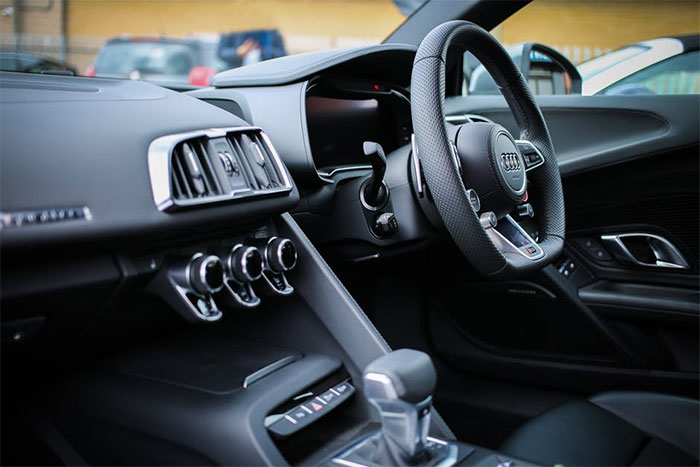Many people have no idea what grey fleet vehicles are. Basically, grey fleets — which describes both the driver and the vehicles they drive — play a big part in companies all over the country. Many employers rely on grey fleets to keep staff mobile and the overall workings of the business running smoothly.
However, there are certain rules and regulations around grey fleet cars, vans and other motors that many people have no idea about. This has the potential to cause serious problems for companies and employees alike if they don’t get up-to-speed fast.

Table of Contents
What’s a grey fleet motorist?
Sometimes, businesses don’t provide company vehicles for their employees to use during work hours, but still require them to drive for professional purposes. If this is the case, the employee might use a vehicle not owned by the business, which makes them a grey fleet driver.
Generally, a grey fleet driver is someone who either:
- Drives a vehicle bought through an employee ownership scheme.
- Uses their own car/van for their job.
- Operates a privately-rented vehicle for work purposes.
Basically, grey fleets are alternatives to other business transport options, such as company cars or long-term van hire. Employers are entirely responsible for grey fleet vehicles. This also includes fuel and other costs that the car owner might face.
Key facts about grey fleets
Across the country, there are millions of grey fleet drivers — and these come at a considerable cost. A report commissioned by the British Vehicle Rental and Leasing Association last year (entitled Getting to grips with Grey Fleet) found that businesses in the UK fork out about £5.5 billion annually on grey fleets.
Unfortunately, the number and popularity of grey fleets has caused some worries. Every year, grey fleet drivers cover approximately 12 billion miles, which is believed to cause a massive 3.5 million tonnes of CO2, according to the Energy Saving Trust. To help counter the issues surrounding grey fleets, the British Vehicle Rental and Leasing Association set out to halve grey fleet mileage and costs by the year 2020 with the assistance of employers and policymakers.
The legal information you need to know
As you can imagine, there are a few potential risks and strict regulations involved with grey fleets that need considering if a business is going to handle grey fleet vehicles and their drivers properly.
Northgate, a vehicle rental company based in north-east England, researched the idea of grey fleets and found that businesses using grey fleet drivers must be familiar with the Health and Safety at Work etc Act 1974. This is due to the fact that the act details what is required of employers to ensure the health and safety of all employees at work (to a practical extent). It also stresses that employers and employees both have a responsibility whenever they are engaging in work-related driving activities to ensure they are never putting others at risk. Even if an employer also has company cars for their employees, they have the same responsibility for grey fleet vehicles when carrying out working tasks.
How to manage and maintain grey fleets
But, how does a business keep control of potentially hundreds of grey fleet vehicles and drivers? Today, there are online systems available to help companies manage grey fleets. These systems enable organisations to record details like: MOT certifications, driving licence expirations, insurance information, and road tax validity. Another handy feature of online systems is that they can alert relevant individual drivers and line managers of dates when any of these items need renewing.
It’s crucial to have oversight of grey fleets. But strangely, many grey fleet employers pay little attention to the management of these employees and their vehicles.
Grey fleet alternatives
Reducing grey fleet vehicles doesn’t have to be difficult and there are a few quick and easy alternatives to consider…
- Choosing rental vehicles
Flexible and simple to implement, renting cars and vans for business purposes is a great solution to the ‘grey fleet replacement’ dilemma. Decent rental firms lease vehicles to companies for an hour upwards at a time, with many employers requesting long-term van hire for more than a month. If businesses go with this option, they can also track and monitor different aspects of vehicle usage which is beneficial as they will be able to allocate employees and costs more efficiently.
- Start a fresh company-wide scheme
Looking internally, some business owners might opt for schemes such as salary sacrifices to eliminate the grey fleet issue. Within this, the business would give its employees the chance to relinquish a part of their income and, in return, receive the non-cash benefit of a new lease vehicle.
- Company vehicles
Introducing company cars is another possibility. Company motors give the company a greater oversight into the vehicles its staff are using, but this idea has its negatives if not managed properly. Admittedly, employees who travel thousands of miles on company time would benefit from a company car. But introducing a great number of new company cars for all employees individually might not be very efficient.













